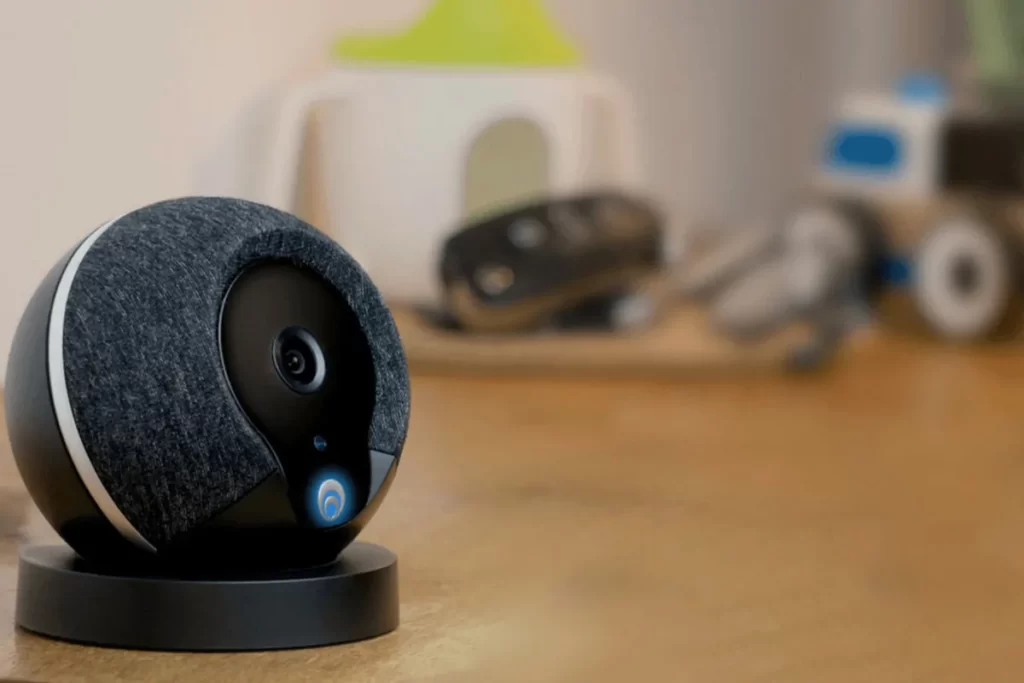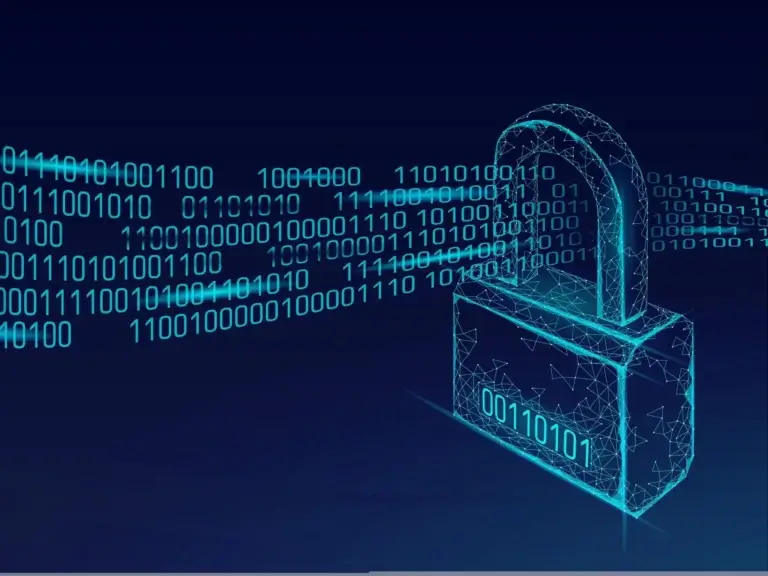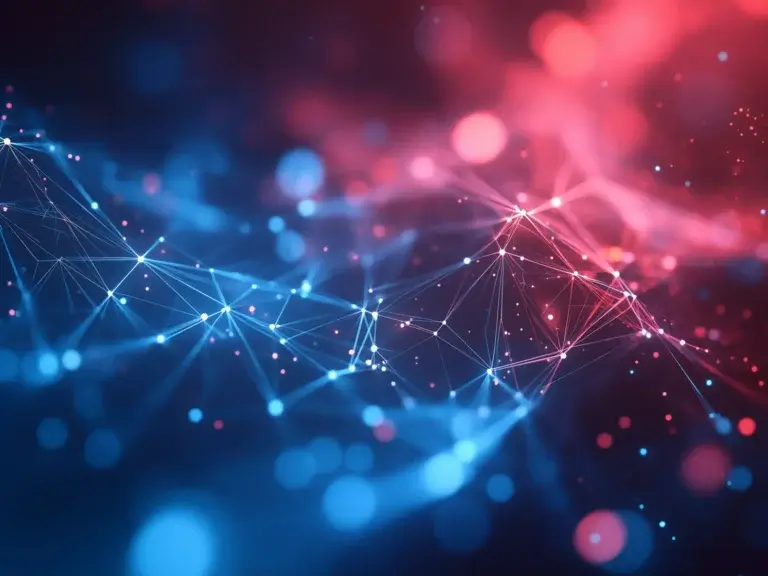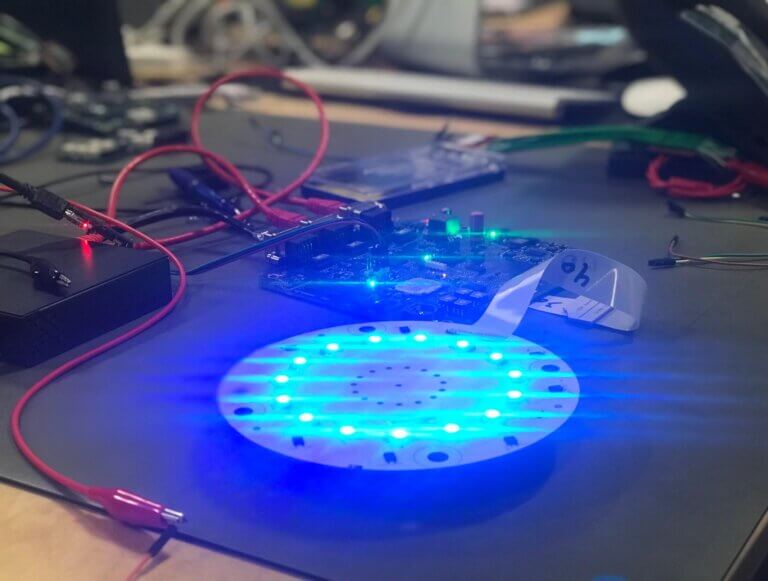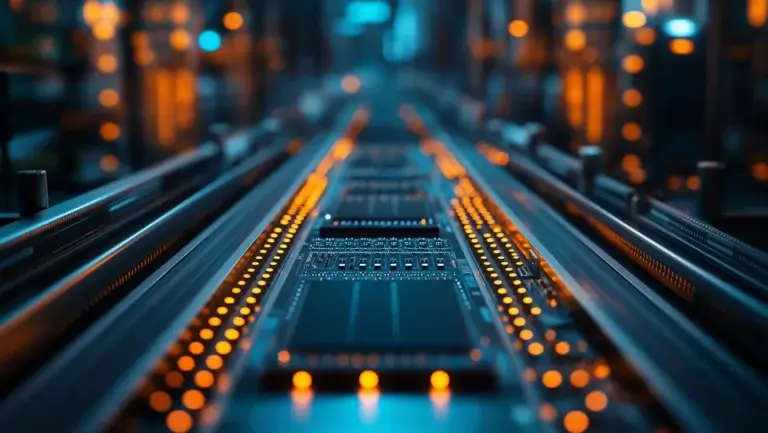Introduction
The Internet of Things (IoT) has emerged as a transformative force in the digital landscape, reshaping the way industries operate and innovate. This interconnected network of devices, sensors, and systems is not merely a technological trend; it’s a paradigm shift that’s redefining the very fabric of our industrial and commercial sectors.
From manufacturing and healthcare to agriculture and smart cities, IoT is driving unprecedented levels of efficiency, productivity, and innovation. As we delve into the world of IoT, we’ll explore its far-reaching impact and the myriad ways it’s revolutionising industries across the globe.
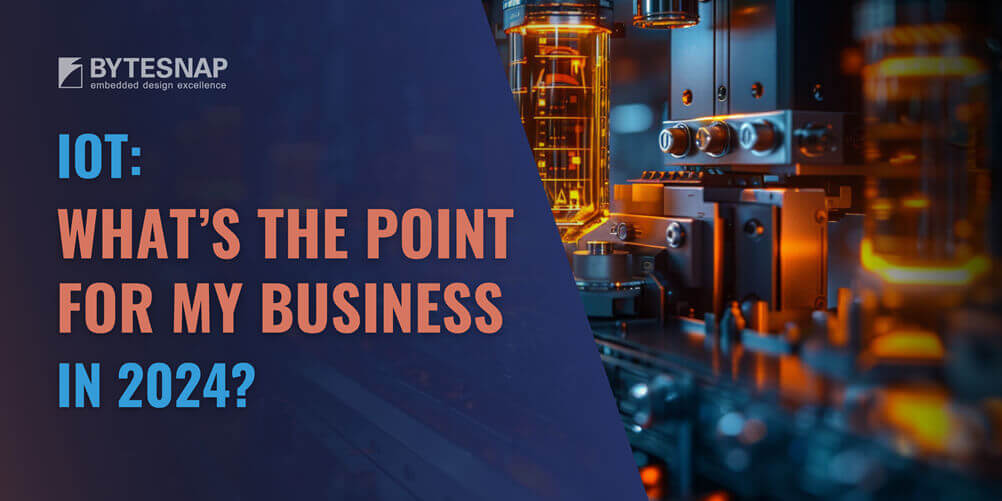
Understanding the Internet of Things
At its core, the Internet of Things refers to the vast network of physical objects—”things”—embedded with sensors, software, and other technologies. These devices are designed to connect and exchange data with other devices and systems over the internet, creating a seamless web of information and functionality.
The IoT ecosystem comprises several key components:
- Devices: These include sensors, actuators, and other hardware that collect and transmit data or perform actions based on received instructions.
- Connectivity: Various communication protocols and technologies enable devices to connect and share data, such as Wi-Fi, Bluetooth, cellular networks, and emerging standards like 5G.
- Data Processing: Cloud computing and edge computing systems process the vast amounts of data generated by IoT devices, extracting valuable insights and enabling real-time decision-making.
- User Interface: Applications and dashboards allow users to interact with IoT systems, visualise data, and control connected devices.
The true power of IoT lies in its ability to create intelligent, responsive systems that can automate processes, predict maintenance needs, optimise resource allocation, and provide unprecedented levels of insight into operations across various industries.
IoT’s Relevance Across Industries
The Internet of Things (IoT) is revolutionising various sectors by connecting devices, collecting data, and enabling smart decision-making. This article explores how IoT technology is impacting and transforming six key industries: manufacturing, healthcare, agriculture, retail, transportation, and energy.
Manufacturing
- Smart factories with connected machinery: Factories are implementing IoT sensors and devices on production lines, allowing real-time monitoring of equipment performance, production rates, and quality control. This interconnectedness enables swift adjustments to manufacturing processes, reducing waste and improving efficiency. Smart factories leverage IoT for predictive maintenance and improved efficiency. Industrial IoT solutions enable real-time monitoring of equipment, reducing downtime and optimising production processes.
- Predictive maintenance to reduce downtime: By analysing data from IoT sensors on machinery, manufacturers can predict when equipment is likely to fail. This allows for maintenance to be scheduled proactively, minimising unexpected breakdowns and costly production halts.
- Real-time production monitoring and optimisation: IoT devices provide continuous data on production metrics, allowing managers to make informed decisions quickly. This can lead to optimised production schedules, improved resource allocation, and faster response to supply chain disruptions.
In the industrial sector, IoT has paved the way for smarter manufacturing processes, predictive maintenance, and improved asset tracking.
Agriculture
- Precision agriculture using soil/crop sensors: IoT sensors in fields can measure soil moisture, nutrient levels, and crop health. This data allows farmers to apply water, fertilisers, and pesticides precisely where and when needed, improving crop yields while reducing resource use.
- Automated irrigation and fertilisation systems: Based on data from IoT sensors, these systems can automatically adjust water and nutrient delivery to crops. This optimises resource use and can significantly improve crop quality and quantity.
- Livestock monitoring and management: IoT devices can track animal location, health, and behaviour. This allows for early detection of illness, optimised feeding schedules, and improved breeding programmes.
Retail
- Inventory tracking and supply chain optimisation: IoT sensors can provide real-time data on stock levels and locations throughout the supply chain. This enables more accurate inventory management, reduces overstocking, and helps prevent stockouts.
- Personalised in-store experiences: IoT devices like beacons can interact with customers’ smartphones to provide targeted promotions and product information based on their location in the store and past shopping behaviour.
- Automated checkout systems: IoT-enabled systems can allow for checkout-free shopping experiences, where customers can pick up items and leave without queuing, with payments processed automatically.
Transportation
IoT is transforming the automotive and rail industries, making transportation safer, more efficient, and more connected.
- Connected vehicles and fleet management: IoT devices in vehicles can provide real-time data on location, fuel efficiency, and maintenance needs. For fleet managers, this enables optimised routing, improved maintenance scheduling, and better overall fleet performance.
- Traffic flow optimisation: IoT sensors on roads and in vehicles can provide real-time traffic data. This information can be used to adjust traffic light timings, suggest alternate routes to drivers, and improve overall traffic flow in urban areas.
- Predictive maintenance for infrastructure: IoT sensors on bridges, railways, and roads can detect early signs of wear or damage. This allows for timely maintenance, preventing costly repairs and improving safety.
Energy
The energy sector has seen significant advancements through IoT implementation. Smart grids and intelligent energy management systems are revolutionising how we generate, distribute, and consume power.
- Smart grid management: IoT devices throughout the power grid can provide real-time data on energy production, consumption, and grid performance. This enables more efficient energy distribution and faster response to outages or demand spikes.
- Optimised energy distribution: With data from IoT sensors, energy companies can better balance supply and demand, integrate renewable energy sources more effectively, and reduce energy waste.
- Usage monitoring and forecasting: Smart meters and other IoT devices can provide detailed data on energy consumption patterns. This helps both consumers and energy providers to optimise energy use and plan for future demand more accurately.
Healthcare
- Remote patient monitoring devices: Wearable IoT devices allow healthcare providers to monitor patients’ vital signs and health metrics remotely. This is particularly beneficial for managing chronic conditions, post-operative care, and elderly care, reducing hospital readmissions and improving patient outcomes.
- Smart medical equipment and inventory tracking: IoT-enabled medical devices can automatically update patient records and alert staff to potential issues. For inventory, IoT sensors can track usage of supplies and medications, ensuring timely restocking and reducing waste.
- Improved hospital operations and resource management: IoT systems can optimise patient flow, track equipment locations, and manage staff schedules more efficiently. This leads to reduced waiting times, better resource utilisation, and improved overall patient care.
Key Benefits and Challenges
Benefits: Across these industries, IoT implementation leads to increased efficiency, reduced costs, improved safety, and data-driven decision making. It enables real-time monitoring and control, predictive maintenance, and personalised services.
Challenges: However, the adoption of IoT also faces challenges such as data security concerns, interoperability issues between different IoT systems, and the need for robust infrastructure to support large-scale IoT deployments.
Implementing IoT in Your Business: Practical Steps
To harness the power of IoT for your business, consider these steps:
- Assess your business needs and identify areas where IoT can make a significant impact.
- Choose the right IoT solutions that align with your goals and infrastructure.
- Address security and privacy concerns to protect your data and systems.
- Integrate IoT with existing systems for seamless operations.
Case Studies: Successful IoT Implementations
Smart Home Security System (Cocoon)
Cocoon transformed home security with its innovative IoT-based system. Features include:
- Device-side encryption for enhanced security
- Unique SUBSOUND™ technology to detect activity throughout the home
- Intruder detection through closed doors
ByteSnap Design provided electronics design and embedded Linux software expertise, overcoming challenges to meet demanding performance targets at a commercial price point.
Electric Vehicle Charging Power Management Solutions
LinkRay, a versatile local controller, is designed to optimise the performance of electric vehicle (EV) charging stations through advanced IoT and load-balancing technology. It has been developed by engineers at ByteSnap’s spinout EV charger design consultancy, Versinetic. LinkRay plays a crucial role in managing the distribution of electrical loads across multiple chargers – as many as 100 – ensuring efficient and reliable operation.
Key features include:
- Advanced Load Balancing: LinkRay intelligently distributes electrical loads among connected chargers, preventing overloads and ensuring optimal use of available power.
- Overload Prevention: By dynamically adjusting the power distribution, LinkRay helps prevent potential overloads and permanent damage to the electrical infrastructure.
- Compatibility with Various Charging Point Types: LinkRay supports a wide range of AC and DC charging stations, making it a flexible solution for diverse charging environments.
Pharmaceutical IoT Platform (Hark)
The Hark Platform demonstrates how IoT can revolutionise the pharmaceutical industry. The Hark case study showcases the integration of precision analogue electronics with IoT technology for improved monitoring and control in pharmaceutical manufacturing.
Embracing IoT for Future-Proofing Your Business
IoT offers tremendous potential for businesses across industries. By leveraging IoT technologies, companies can:
- Enhance operational efficiency
- Make data-driven decisions
- Improve customer experiences
- Create new revenue streams
To stay competitive in today’s rapidly evolving market, businesses must explore and implement IoT solutions tailored to their specific needs.
Ready to embark on your IoT journey? Explore ByteSnap’s software development services to kickstart your IoT implementation and transform your business for the future.
Conclusion: The Transformative Power of IoT Across Industries
As we’ve explored throughout this article, the Internet of Things is not merely a technological advancement; it’s a paradigm shift that’s reshaping the very fabric of our industrial landscape. From smart factories to connected healthcare, precision agriculture to intelligent urban environments, IoT is driving unprecedented levels of efficiency, innovation, and insight across sectors.
Cross-Industry Impact and Integration
One of the most significant aspects of IoT’s influence is its ability to break down traditional industry silos. As data flows more freely between sectors, we’re witnessing the emergence of a new, interconnected industrial ecosystem. This convergence is leading to:
- Enhanced Supply Chains: IoT enables end-to-end visibility and coordination across complex, multi-industry supply networks, improving efficiency and resilience.
- Cross-Sector Innovation: Technologies developed for one industry are finding novel applications in others, accelerating the pace of innovation.
- Data-Driven Decision Making: The wealth of data generated by IoT devices is empowering organisations across all sectors to make more informed, timely decisions.
Evolving Technologies and Future Prospects
As IoT continues to mature, several key technological trends are shaping its future:
- Edge Computing: Processing data closer to its source reduces latency and bandwidth usage, enabling real-time decision making in critical applications.
- 5G Networks: The rollout of 5G will provide the high-speed, low-latency connectivity needed to support massive IoT deployments.
- AI and Machine Learning Integration: As AI becomes more sophisticated, IoT systems will evolve from mere data collection to autonomous decision-making entities.
- Digital Twins: Virtual replicas of physical assets, processes, or systems will enable more accurate simulation and predictive maintenance.
Addressing Challenges and Concerns
Despite its transformative potential, the widespread adoption of IoT is not without challenges:
- Security and Privacy: As the number of connected devices grows, so does the potential attack surface for cybercriminals. Robust security measures and privacy-by-design principles are crucial.
- Interoperability: Ensuring different IoT systems can communicate effectively across various platforms and protocols remains an ongoing challenge.
- Data Management: The sheer volume of data generated by IoT devices requires sophisticated storage, processing, and analysis solutions.
- Ethical Considerations: The pervasive nature of IoT raises important questions about data ownership, consent, and the societal implications of ubiquitous connectivity.
The Road Ahead
As we look to the future, the potential of IoT to drive efficiency, innovation, and sustainability across industries is vast. We can anticipate:
- New Business Models: IoT-generated data will fuel innovative services and revenue streams, potentially reshaping entire industry structures.
- Sustainability Gains: IoT will play a crucial role in optimising resource use and reducing waste, contributing to global sustainability efforts.
- Enhanced Human-Machine Collaboration: As IoT devices become more intelligent, we’ll see new forms of interaction between humans and machines, potentially redefining work across many sectors.
- Regulatory Evolution: Governments and international bodies will need to develop new frameworks to address the unique challenges posed by IoT technologies.
Ultimately, the Internet of Things is not just changing how industries operate—it’s redefining what’s possible in our increasingly connected world. As IoT technologies continue to increase in capability, they will undoubtedly bring both exciting opportunities and complex challenges. Navigating this new landscape will require collaboration across sectors, a commitment to ethical innovation, and a willingness to reimagine traditional business models and practices.
The future of IoT goes beyond connecting devices; it’s about creating a smarter, more efficient, and more sustainable world for generations to come. Businesses that embrace this technology and adapt to the changing landscape will be well-positioned to thrive in the interconnected future that IoT promises.
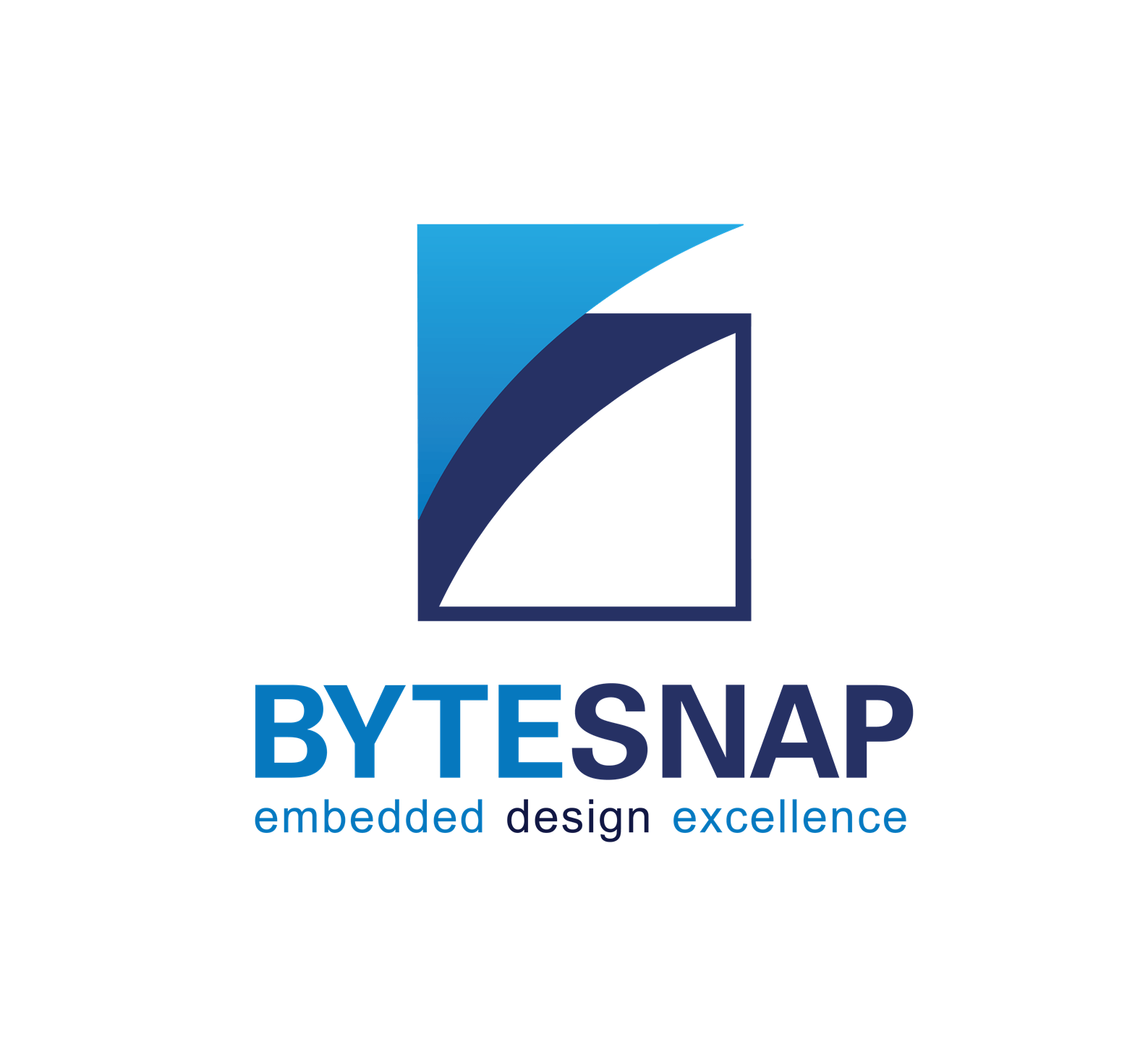
Founded in 2008, ByteSnap Design is an award-winning embedded systems design consultancy, offering a comprehensive range of services across the electronic product development lifecycle.
A highly skilled team of over 40 hardware and software engineers, our expertise spans several sectors, including IoT, automotive, industrial, medical, and consumer electronics.
The engineering consultants on the ByteSnap Editorial Team share their knowledge and practical tips to help you streamline your product development and accelerate designs to market successfully.
With their deep technical expertise and practical experience, they aim to provide valuable insights and actionable tips to guide you through the complex world of electronic product design and development, to help you bring innovative, reliable, and secure electronic products to market quickly and cost-effectively.

